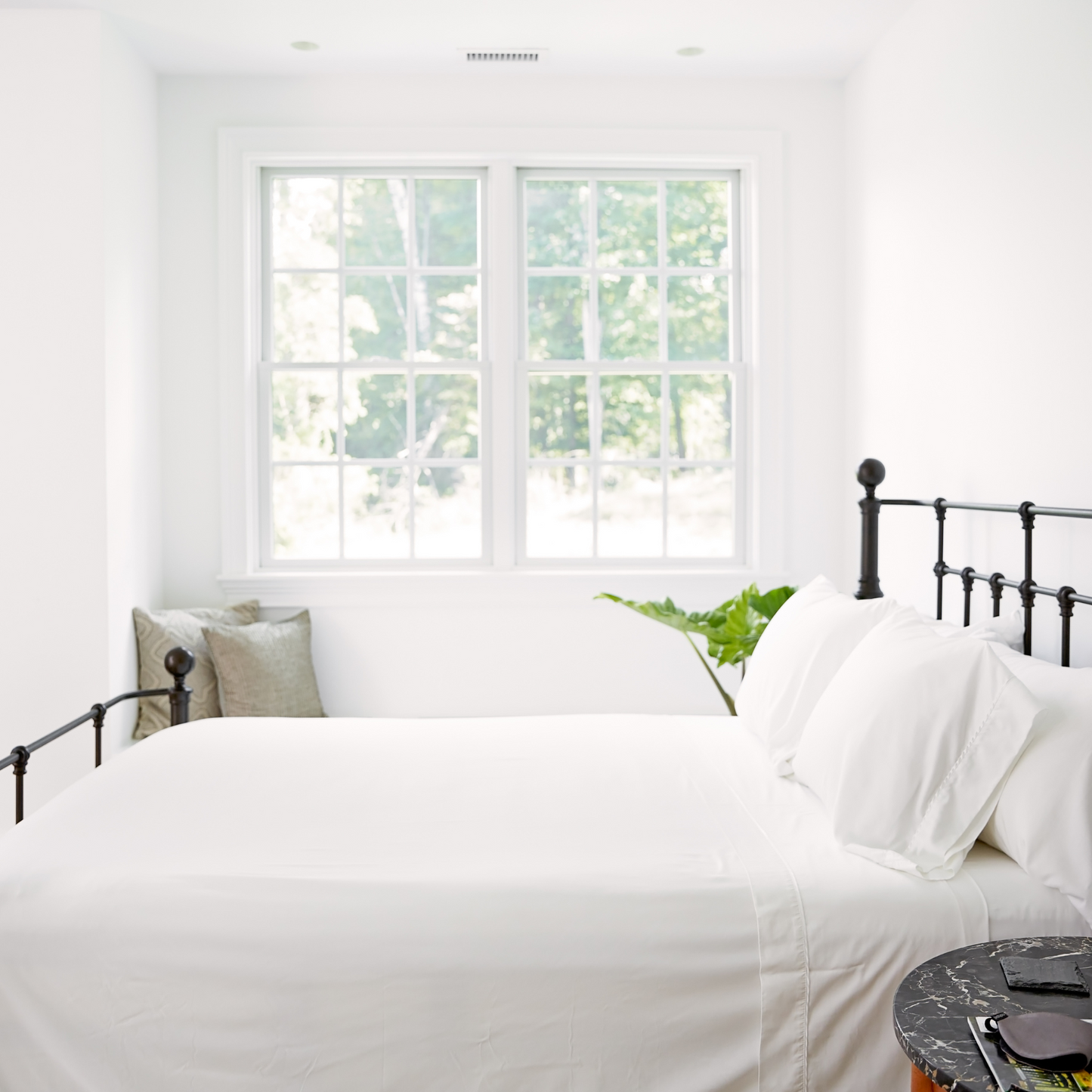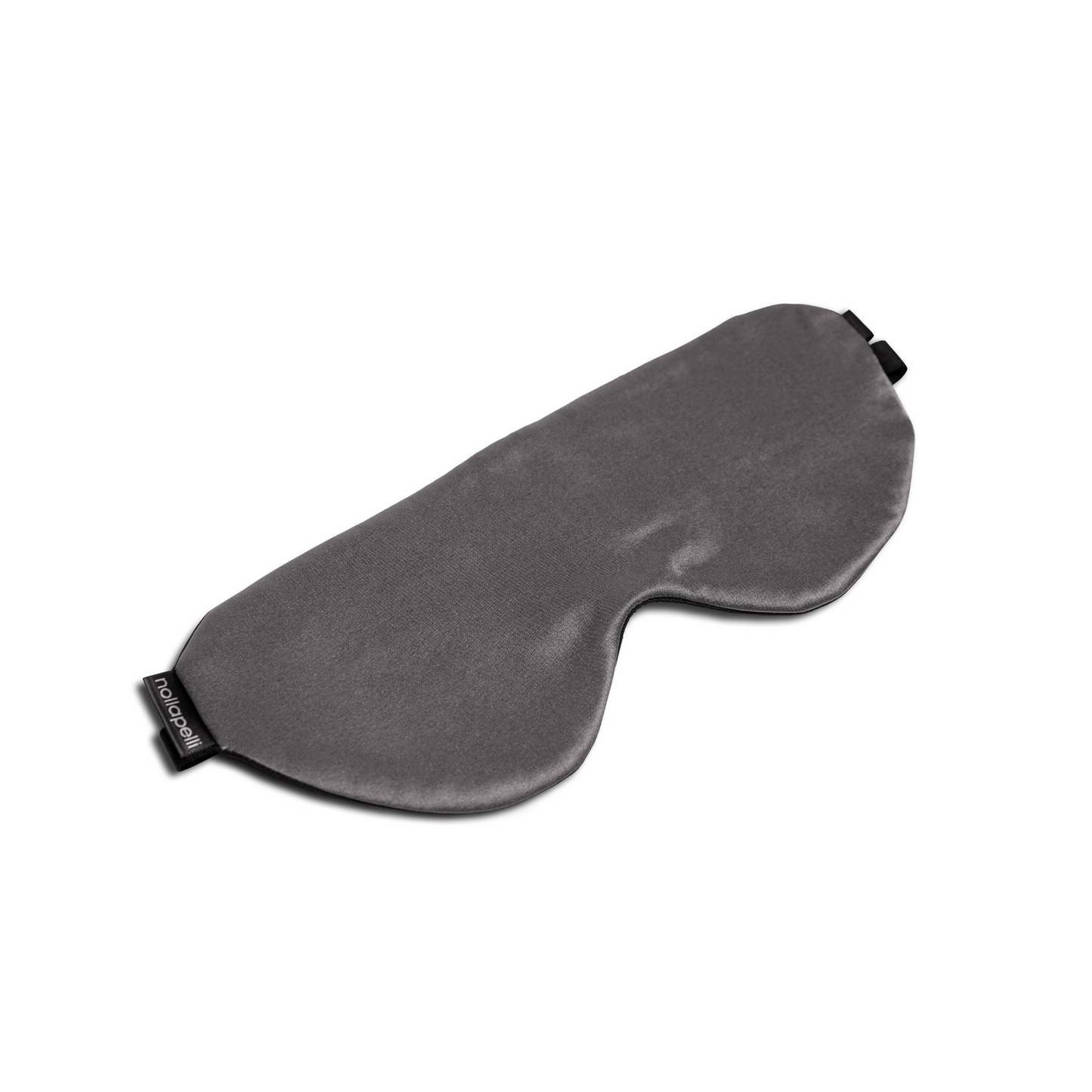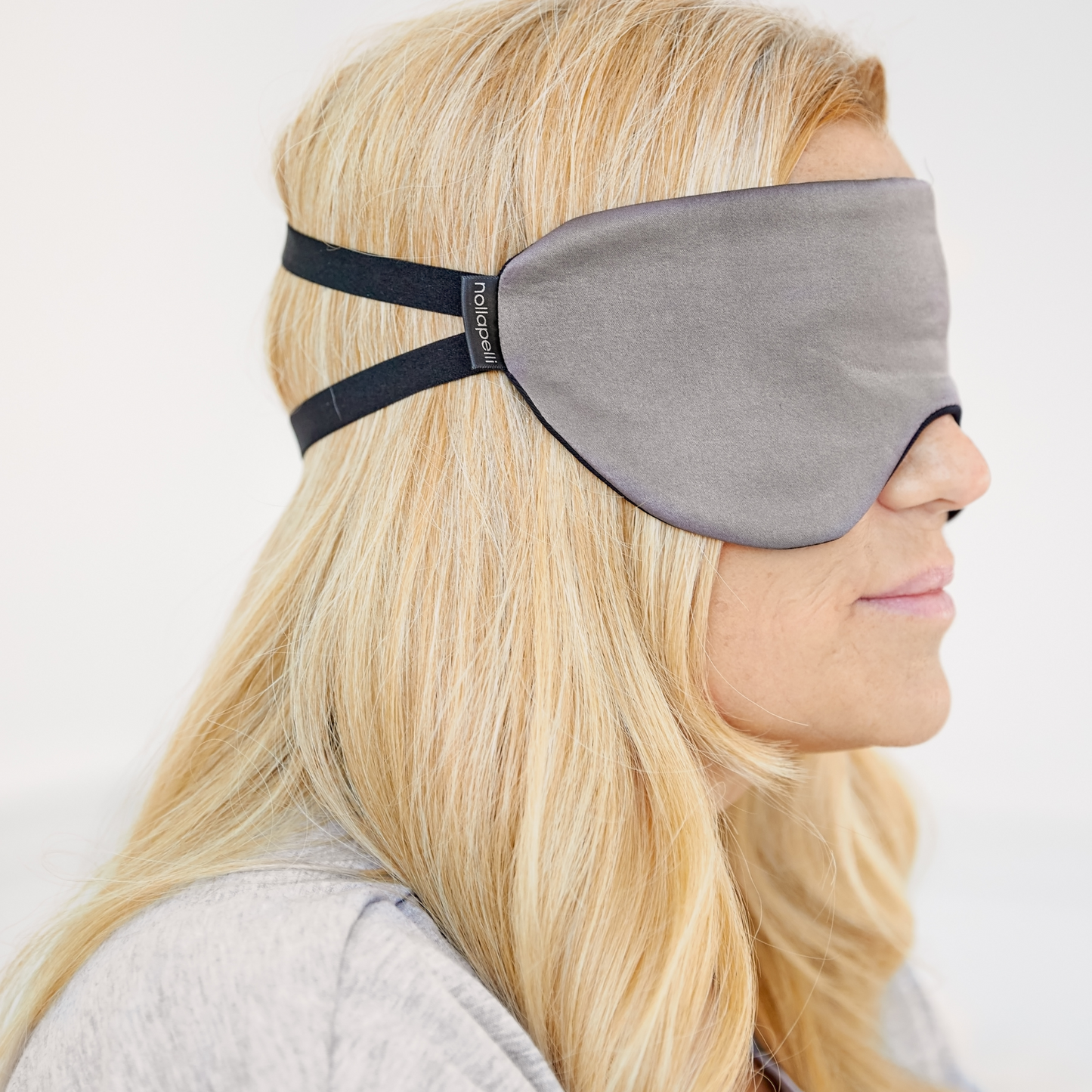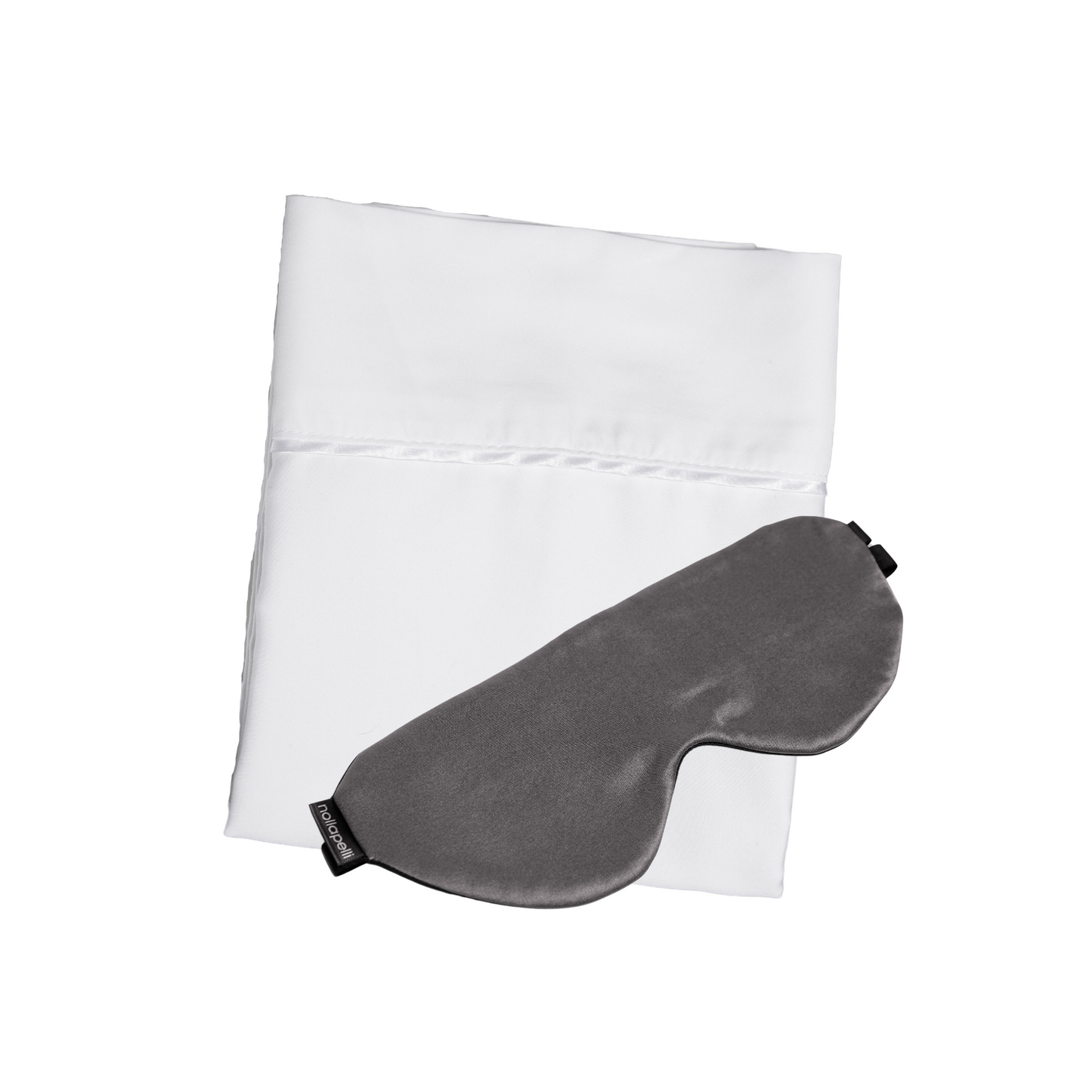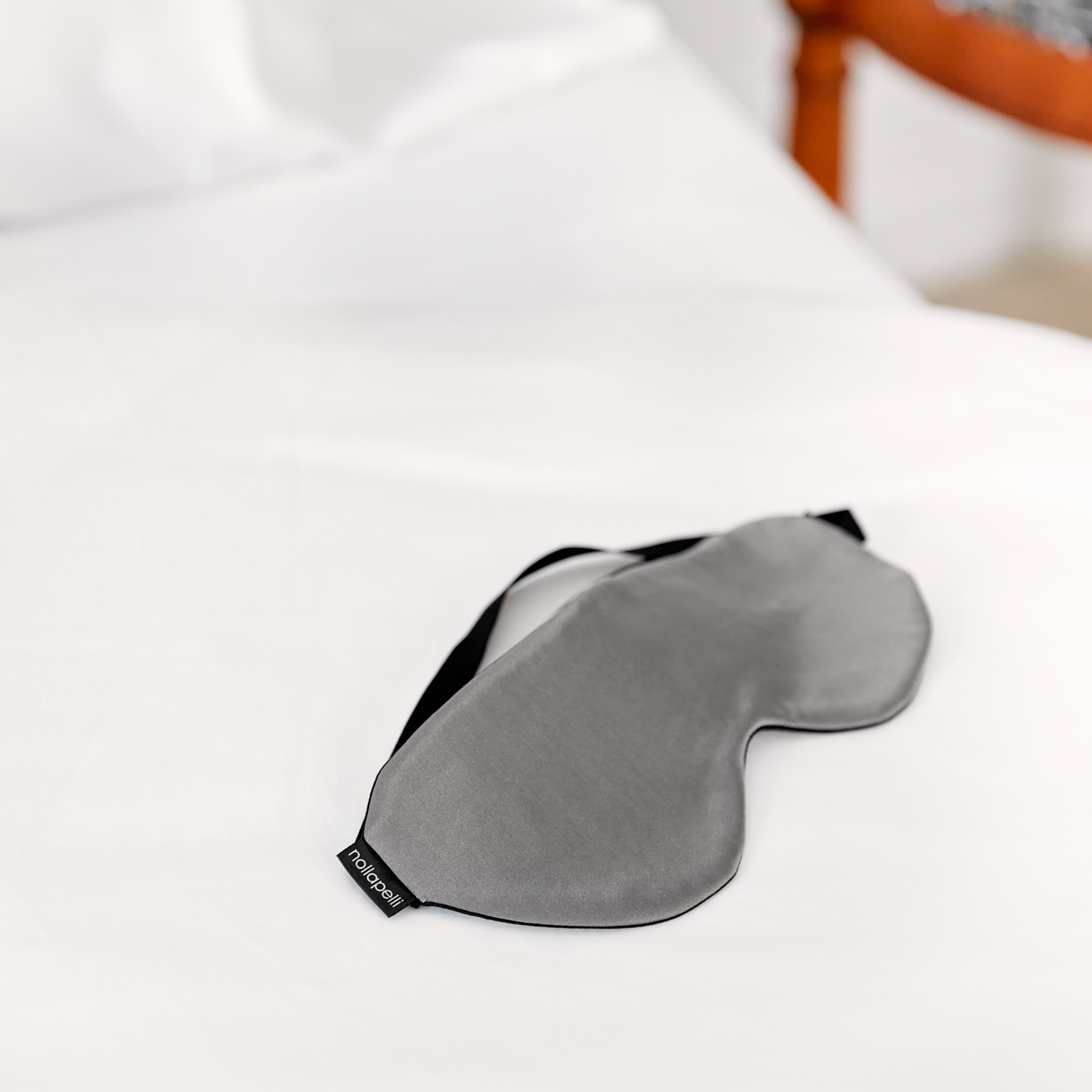
With sleep being essential to our health and well-being, rules for sleep have been developed to guide us on how to get a better night’s rest.
As children, rules for sleep were simple: go to bed when your parents told you! We would listen to our parents to avoid being grounded, not understanding why we had to go to sleep. As adults, we have a better understanding as to why we need sleep: without it we can barely carry out our normal daily functions. Moreover, insufficient sleep can lead to detrimental health consequences, such as weight gain, depression, diabetes, decreased cognitive function, and more.
Some rules have stood the test of time such as not drinking caffeine after a certain time of day, avoiding daytime napping, and incorporating exercise into your daily schedule. Others have evolved as we increase our understanding of the human sleep cycle and surrounding environmental factors, which is why here at Nollapelli we have developed innovative, cutting-edge fabric for our bedding.
Understand your chronotype
A person’s chronotype is the inclination for the individual to sleep at a certain time during a 24-hour period based on underlying circadian rhythms. Essentially, a chronotype refers to your natural tendency to be a morning or evening person.
While not necessarily a rule, understanding your chronotype can help you determine which times of day are best for you to work, to relax, and to sleep. Changing your schedule based on your chronotype, if possible, can help you to work more productively and get a better night’s rest.
Ditch the 8-hour rule
Who actually created the rule that we must get 8 hours of sleep?
Regardless of the source, it should be apparent as to why this rule doesn’t work: everyone is different! This rule ignores the variations in sleep cycles among individuals of different ages, their state of health, and social sleep patterns.
Instead of stressing about not getting 8 hours of sleep each night, try to focus on getting quality sleep as well as maintaining consistency in the times you go to bed and wake up.
Respect the sleep cycle
Another reason that the 8 hour rule fails is because it doesn’t take into account the time of a full sleep cycle. According to the SleepDoctor, Dr. Michael Breus, the average sleep cycle is 90 minutes long, with a typical night of sleep including 5 full sleep cycles. This equates to the average person requiring 7.5 hours of sleep per night.
Stop hitting the snooze button
We often snooze the alarm to get just a few extra minutes of shut eye in the morning. However, these additional few minutes after the alarm can actually have the opposite effect, leading to something called sleep inertia.
Sleep inertia is a physiological state of impaired cognitive function that occurs during the transition from sleep to wakefulness. Snoozing the alarm can cause sleep inertia since those extra few minutes of sleep may cause you to slip into a new sleep cycle. (TIME)
Be cautious of your dose of melatonin
Melatonin, a hormone that is produced in the pineal gland of your brain, is responsible for regulating sleep and wakefulness. Although it is a substance that is naturally produced in the human body, melatonin has been synthetically manufactured and made available over-the-counter.
However, since this hormone is easily available for purchase without a prescription, many people do not consult with their doctor or pharmacist before deciding on a strength. The doses of melatonin in your local drugstore typically range from 1 mg to 10 mg, even though research suggests that the correct dosage for melatonin to be effective is between 0.3 mg to 1 mg. Interestingly, evidence exists that higher doses of melatonin may not even be effective. (SleepDoctor)
Additionally, very few people know that at high doses, melatonin can take on the properties of a contraceptive, making it dangerous for young women to take. The appropriateness and dose of melatonin should be assessed on a case by case basis after consulting a doctor or pharmacist.
Lights: The good and the bad
Dr. Michael Breus makes a powerful statement regarding light and sleep in his book The Power of When:
“The most disruptive event in the history of biotime occurred on December 31, 1879 with the invention of the electric light bulb.”
However, just turning off the lights in your bedroom and shutting the blinds isn’t going to cut it anymore. Artificial lights from electronics such as TV, laptops, tablets, phones, etc. can disrupt our sleep in two ways:
- Suppress melatonin production
- Directly impact circadian rhythm
Another sleep rule regarding light is to allow natural light to come through the windows upon awakening. To explain this, The Huffington Post consulted with Kenneth Wright, a neuroscientist and chronobiology expert, who explained:
“When we wake up naturally (i.e., with the sun and without an alarm), our melatonin production ceases before we wake up and dissipates before or just after. But when we’re rudely awakened from our rest, it may take several hours for the melatonin to dissipate.”
Invest in quality bedding
The fabrics of bed linens can affect the health of our hair and skin and also how well we sleep which is why it’s important to invest in quality sheet sets such as ours.. Low quality fabrics, such as cotton, are too absorbent to function effectively as bed sheets. They absorb moisture that we naturally lose during the night, causing tangling of hair and a friction between skin and the textile. In particular, the friction between facial skin and your pillowcase fabric can lead to sleep lines and eventually permanent wrinkles. Nollapelli’s soft pillowcases are designed for minimal friction and are the perfect amount of absorbency.
Your new rules for the best sleep in 2019.
The key to following both new and old rules for the best sleep is to do what is best for you. Maybe you’re a rebel and don’t follow any of these rules! As long as getting the right amount of quality sleep is your priority, feel free to tweak these rules in ways that fit your lifestyle and remember that the world of sleep and wellness is constantly evolving. Be sure to keep up with Nollapelli as we evolve with it.


